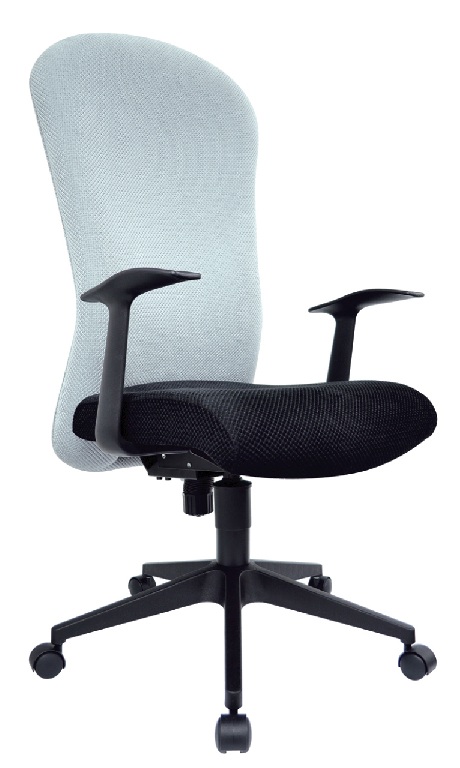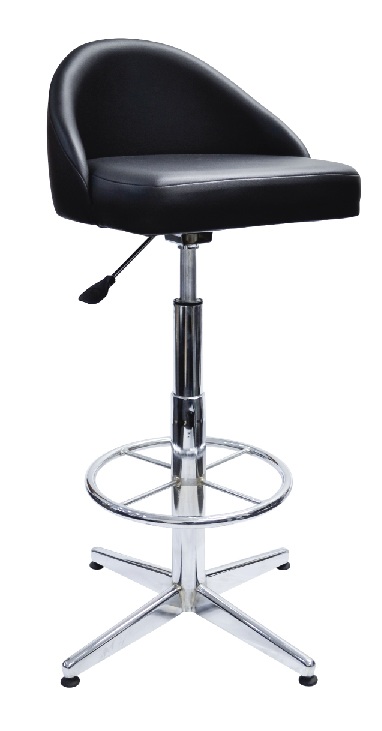Office Chair
333 productsFinding the Perfect Seat: Your Ultimate Chair Supplier Guide
Choosing the right chair is more than just finding a place to sit. It's about comfort, ergonomics, style, and functionality. Whether you're outfitting a home office, a bar, or a corporate workspace, finding a reliable chair supplier is key. Let's explore the diverse world of seating and what to look for in a trusted provider.
A Chair for Every Need
The modern market offers a chair for every conceivable purpose:
- Study Chair: Ergonomic design and adjustable features are essential for students and professionals alike, promoting good posture and reducing strain during long hours of work.
- Mesh Chair: Known for breathability and comfort, mesh chairs are a popular choice for office environments, keeping you cool and supported throughout the day.
- Leather Chair: Exuding sophistication and luxury, leather chairs are ideal for executive offices, home libraries, or any space where you want to make a statement.
- Director Chair: Classic and portable, director chairs offer a comfortable and stylish seating option for events, studios, or outdoor use.
- Designer Chair: Unique shapes, materials, and colors define these chairs. They aren't just furniture; they're pieces of art that enhance the aesthetic of your space.
- Bar Stool: Available in various heights and styles, bar stools are perfect for kitchen counters, home bars, or commercial establishments.
Budget-Friendly Seating Options
Comfort and style don't have to break the bank. Many suppliers offer budget seating options without compromising on quality or design. Look for chairs with durable materials, ergonomic features, and attractive aesthetics at affordable prices.
Choosing the Right Supplier
A reliable chair supplier should offer:
- A wide range of products to cater to diverse needs and preferences.
- High-quality construction and materials for long-lasting durability.
- Competitive pricing to suit different budgets.
- Excellent customer service and support.
Frequently Asked Questions (FAQs)
- What is the best chair for back pain? An ergonomic chair with lumbar support and adjustable features is generally recommended. Look for models with adjustable height, armrests, and backrest.
- Are mesh chairs good for hot weather? Yes, the breathable mesh material allows for airflow, keeping you cool and comfortable even in warm conditions.
- How do I choose the right height for a bar stool? Measure the height of your counter or bar and choose a stool that allows for approximately 10-12 inches of space between the seat and the countertop.
- What are the benefits of a leather chair? Leather chairs are known for their durability, comfort, and luxurious appearance. They also tend to be easier to clean and maintain compared to fabric chairs.
- Where to find affordable chairs? Many online and local suppliers offer budget-friendly seating options. Compare prices and read reviews to find the best deal.
Conclusion
Investing in the right chair is an investment in your comfort, health, and productivity. By understanding the different types of chairs available and choosing a reputable supplier, you can find the perfect seating solutions for your needs and budget.







